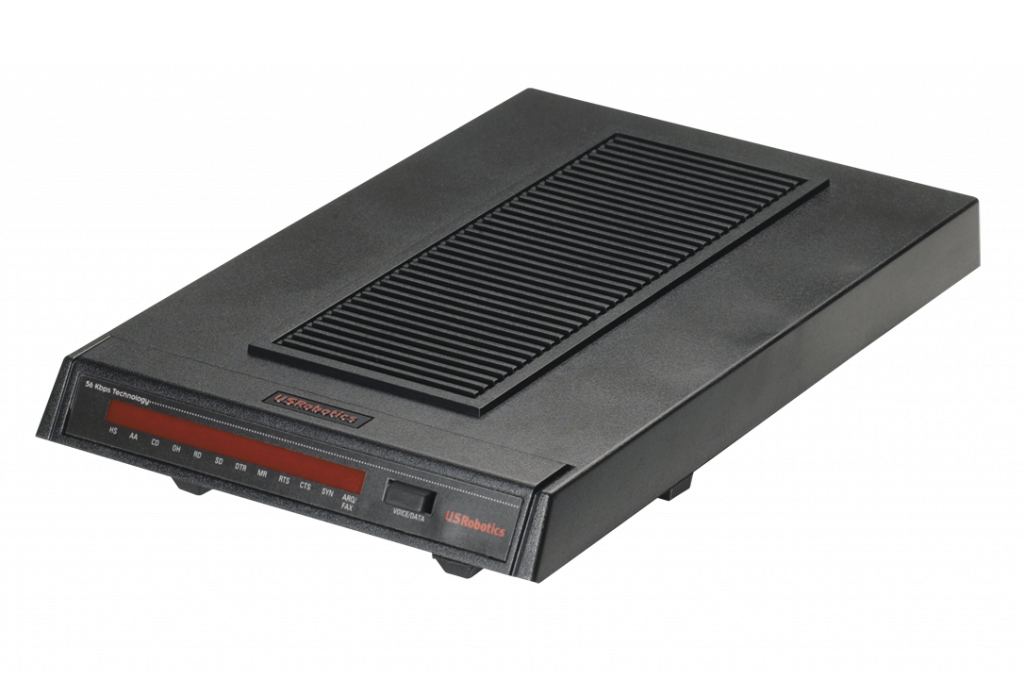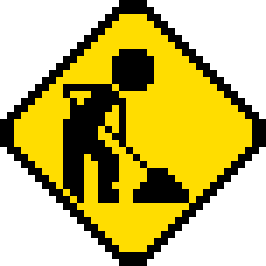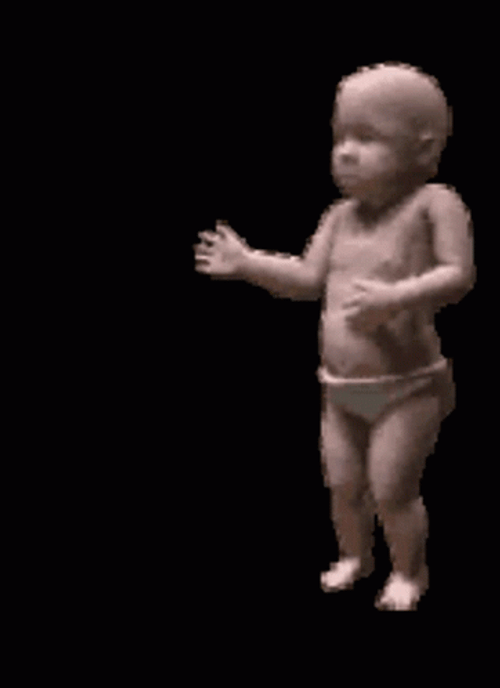(08/05/23) Blog 128 – A trip down the Information superhighway!
Whilst drinking my Bank holiday morning Latte and skimming through my social media feeds, I came across the video below – and was instantly transported back to 1994 – and the 1st time I joined the Information Superhighway.
The video brought many memories flooding back and so I decided to write about them today.
Until I watched this video, I had completely forgot about Demon Internet. They were the 1st ISP I used to get access to the Internet.
In those days, the Internet was only available via dial-up telephone access, so whilst Demon provided the access for the relatively low cost of £10/month, you still had to pay for the telephone call you made whilst online.
In 1994 I had been working at my 1st proper job for about 3 years, so I was earning my own salary as a mechanical & electrical engineer but I was still living at home, so I said to my parents that I would take over the payment of the phone line so that I could get access to the Internet.
I installed a two-way phone line splitter and ran an extension phone cable up the stairs, under the landing carpet into my bedroom to the modem I had recently been out and purchased – If my memory serves me well, the modem cost me £27 to buy.
The modem in question was a US Robotics 56kbps external modem – just like the one in the image below.

Whilst researching for this post – I came upon a copy of the original user manual for the modem – for more nostalgia, see here…
Welcome to the Information Superhighway
Unlike today’s Internet access, back in 1994, you didn’t just plug in a few wires and have access, you had to install the networking capability to your computer and to do this, you generally had to install the software from a floppy disk.
Fortunately, in those days, there were a number of magazines dedicated to those of us who were ensconced in this world, so I peeled the 3.5″ Floppy disc from the cover of “Personal Computer World” magazine and loaded it up onto my PC.


Back in 1994, The PC I had was a Vale computers machine with an Intel Pentium 90 processor, 8MB RAM, Floppy drive and CD drive. I was running Window 3.1, but shortly after, I upgraded to an eMachines computer running Windows 95.
IRQs, DMA’s and I/Os
When I upgraded my PC, I took the opportunity to ditch the desk-space hogging modem and install an internal modem instead. By doing this, however I joined the elite club of people who then spent many afternoons trying to figure out which system resources I could juggle about between the modem, floppy disk controller, Mouse, video card and sound card.
If you’ve never spent a frustrating few hours on a Saturday afternoon trying out different combinations of Interrupt Requests , Memory settings and I/O busses, then think yourself lucky – It was not a happy time.
However, once you got it working it was all worth it because this is the sort of content you could get access to on the Web back in 1994.
It was truly amazing – Honest – You had to have been there!

GeoCities was a very popular web hosting service founded in 1994. SIte owners were given a generous allotment of 15 megabytes for their content for free (with added advertisements)
At one point, GeoCities was the 3rd most-browsed site on the World Wide Web.
Because the site was free and marketed primarily to first-time or relatively new internet users, the quality of websites on GeoCities became a persistent joke – the amateurish layout, use of animated gifs, and prone-to-personal websites dominated the standard GeoCities pages, and were often abandoned by their owners for good soon after finding better approaches to telling their stories or showing off their data.

GeoCities was purchased by Yahoo in 1999 who ran the site until 2009 when they finally closed it down and consigned it to a part of Internet history.
One of the most common sights on the web back in the mid-late 1990’s was an “under construction” sign – This was to tell all your followers(?) that you had some amazing content on the way, you just hadn’t got round to publishing it yet!

The birth of viral content
Those early web content generators have gone down in history – one such early piece of web fokelore is the dancing baby – AKA the Oogachacka Baby – named after the accompanying music it was often seen with.

Another was the Hampster dance which for some reason became a huge success in the late 1990’s – It was a simpler time back then – don’t judge.
Warning – Ear-worm alert if you play the following videos!
For anyone who doesn’t realise – The Hampster dance music is actually a sped-up version of the music “Whistle Stop” from Disney’s Robin hood as played by the Cockrel Alan-a-Dale minstrel character.
Welcome to The Internet – AOL Online
In 1995, the Web had started to become big business and everyone wanted a piece of the action. In the UK Demon Internet and many others were about to be ousted by the might that was AOL. #
With an absolutely huge advertising campaign, AOL simply swamped users with offers of hours (an sometimes weeks) worth of FREE Internet access.
The video below shows just one of AOLs adverts.
The problem was how to get users to install the AOL software instead of their competitors software and tools.
AOL were a relatively new company and were facing stiff competition from other Internet providers such as prodigy and CompuServe.
Welcome to the AOL CD mountain.
To win the market slice of Netizens, AOL began one of the most aggressive marketing campaigns ever seen, even by today’s standards.
AOL’s initially invested a very hefty $250,000 in a marketing campaign that involved sending physical CDs to possible customers. The disks contained a free trial for AOL (usually pegged to a number of free hours online, since usage was paid for by the hour).
This campaign was very successful, but AOL wanted more, so it didn’t take long for them to increase their mailings and expand out to other distribution channels.
An early campaign in the US gave away free trial CDs in Blockbuster video rental stores, Every person who rented a film, also got a Free AOL trial CD.
After that, it was a snowballing event – Free AOL offers showed up nearly everywhere, including:
- In cereal boxes
- On meal trays during Internal US flights
- At NASCAR races
- On seats at the Superbowl
In the UK, the CDs started being given away on almost every magazine and newspaper on the high street.
A mass mailing campaign was also used in the UK, delivering a trial CD to almost every household direct.
Between 1993 and 2006, estimates say that AOL sent out more than 1 billion CDs with their free trial software.

As you can imagine – such a marketing campaign today would not sit well with many – The huge use of oil used to produce such a wasteful product just for increased sales is really not how things should be done.
There were those who at the time rallied against AOL’s campaign – I think that today the anti-AOL campain would be a little more aggressive though.
The WWW has come a LONG way since those early days, and I consider myself to be one of the fortunate ones who has lived through such world-changing times.
To have grown-up alongside the evolving shape of the WWW and IT in general has been amazing.
Happy memories!












